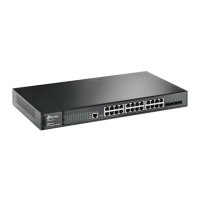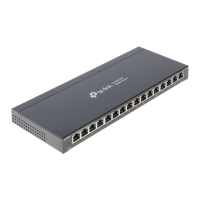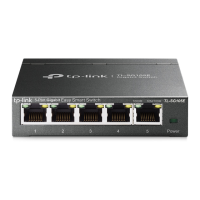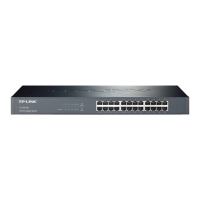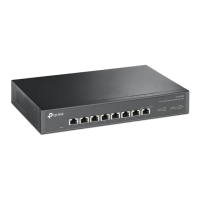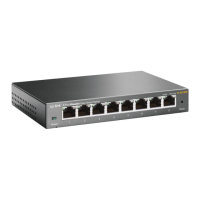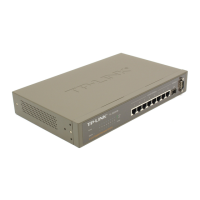User Guide 976
Configuring OAM Ethernet OAM
Figure 1-1 OAM Connection Establishment
Switch A
(1) Information OAMPDU from A to B
(2) Information OAMPDU from B to A
Switch B
Gi1/0/1
(Active mode)
Gi1/0/1
(Passive mode)
As the above figure shows, the OAM entity on Switch A is in active mode, and that
on Switch B is in passive mode. Switch A initiates an OAM connection by sending an
Information OAMPDU. Switch B compares the OAM information in the received OAMPDU
with its own and sends back an Information OAMPDU to Switch A. If the OAM information of
the two entities matches, an OAM connection will be established. After that, the two OAM
entities will exchange Information OAMPDUs periodically to keep the OAM connection
valid.
1.2 Supported Features
The switch supports the following OAM features: Link Monitoring, Remote Failure Indication
(RFI), and Remote Loopback.
Link Monitoring
Link Monitoring is for monitoring link performance under various circumstances. When
problems are detected on the link, the OAM entity will send its remote peer the Event
Notification OAMPDUs to report link events.
The link events are described as follows:
Table 1-1 OAM Link Events
OAM Link Events Definition
Error Symbol Period
An Error Symbol Period event occurs if the number of error
symbols exceeds the defined threshold within a specific period
of time.
Error Frame
An Error Frame event occurs if the number of error frames
exceeds the defined threshold within a specific period of time.
Error Frame Period
An Error Frame Period event occurs if the number of error
frames in a specific number of received frames exceeds the
defined threshold.
Error Frame Seconds
An Error Frame Seconds event occurs if the number of error
frame seconds exceeds the threshold within a specific period
of time. A second is defined as an error frame second if error
frames occur within that second.
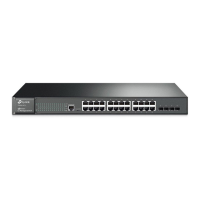
